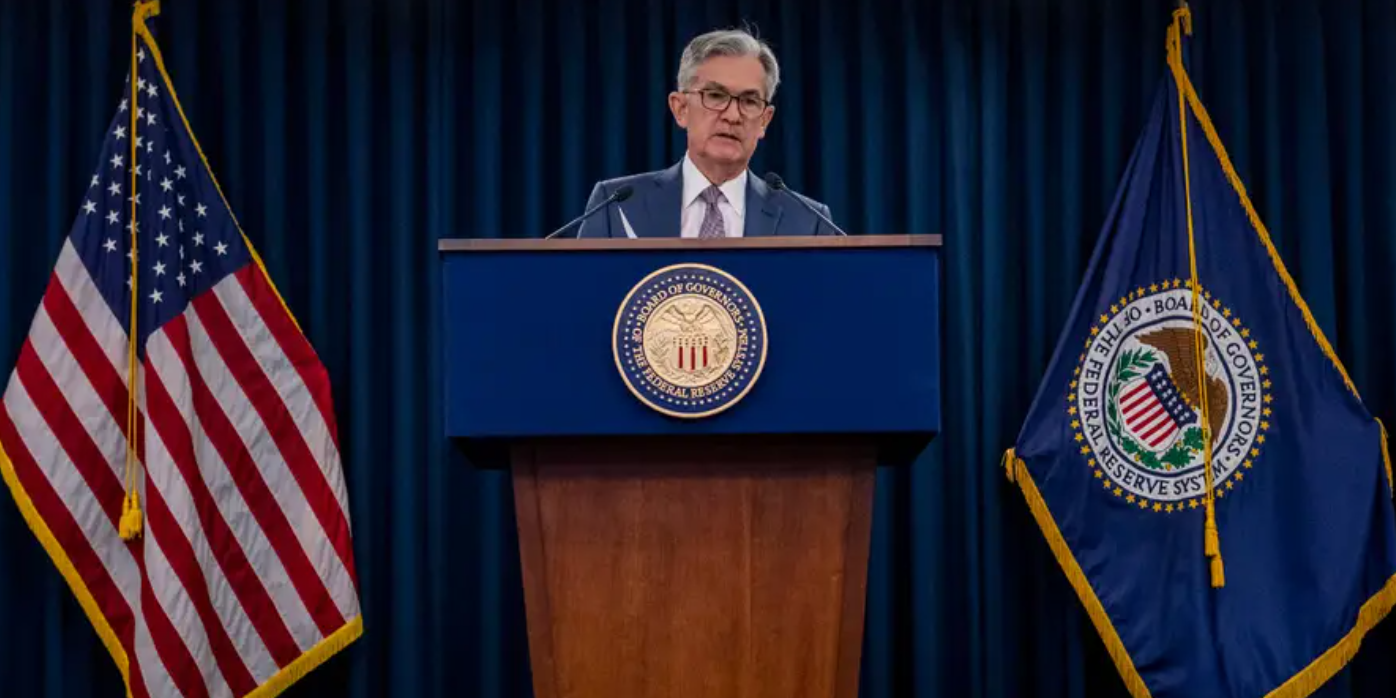Wed Feb 16, 2022
Market Note: What happens next with the Fed's balance sheet?
FOMC minutes for the meeting dated January 25 -2 6 will be published today at 21:00 (GMT+2).
At the January meeting, the Committee decided to keep the target range for the federal funds rate at 0 to 1/4 percent and to increase its holdings of Treasury securities by at least $20 billion per month and of agency mortgage‑backed securities by at least $10 billion per month.
In addition, according to the FOMC statement, the Committee expects it will soon be appropriate to raise the target range for the federal funds rate.
However, data since the last FOMC meeting and statements by influential Fed members turned expectations for the March meeting into a maze. In particular, the data published by the US Department of Labor for January pointed out that the labor market is resilient, with an increase of 467k in non-farm payrolls, tripling the market expectations of 150k. In this period, consumer price index (CPI) increased by 0.6 percent on monthly basis; on annual basis, it renewed the peak of 40 years with 7.5 percent, above the expectations of 7.3 percent.
On the subject, Richmond Fed President Thomas Barkin noted that the time has come for the Fed to start normalizing its interest rate policy in the face of high inflation and basically a strong labor market. And Cleveland Fed President Loretta Mester said "I don't like taking anything off the table," on the prospect of a 50 basis point rate hike.
St Louis Fed President Bullard, known as a representative of the hawkish wing of the Fed, stated that it would be appropriate to increase the policy rate by a total of 100 basis points at the three meetings of the bank to be held until July 1. On the other hand, San Francisco Fed President Mary Daly warned that being 'aggressive' in rate hikes could have an adverse effect on the Fed's objectives.
Although the debt market has already priced the 25 basis point increase by the Fed, it is not possible to say that it is permanent. 10-year U.S. Treasury yields retreated to 1.90 percent after hitting 2.05 percent for the first time since August 2019. And it is currently trading around 2.0 percent.
In the minutes, the clues regarding the pace and timing of the first interest rate hike indicated by the Fed in March will be decisive for the next direction of the global treasuries market. In particular, the expectations in the cycle that the Fed will increase interest rates by 50 basis points at its March meeting or that it will increase interest rates at each subsequent meeting may be shaped after today's minutes.
